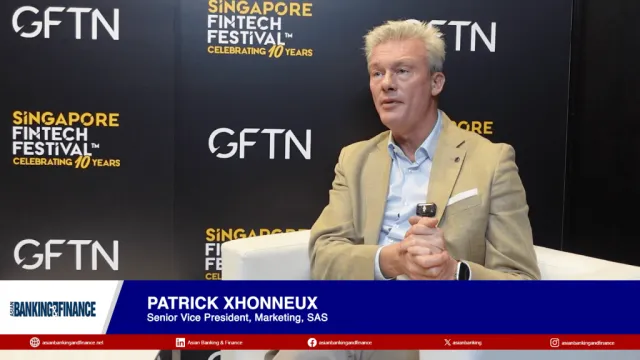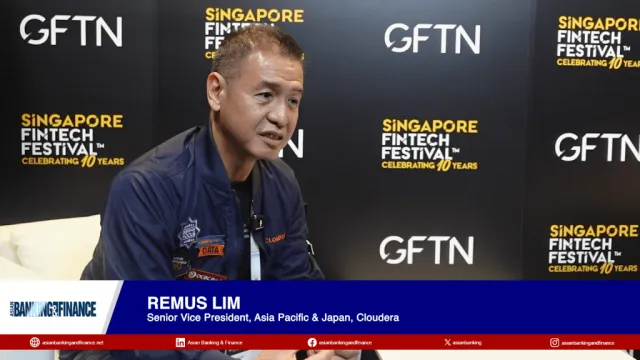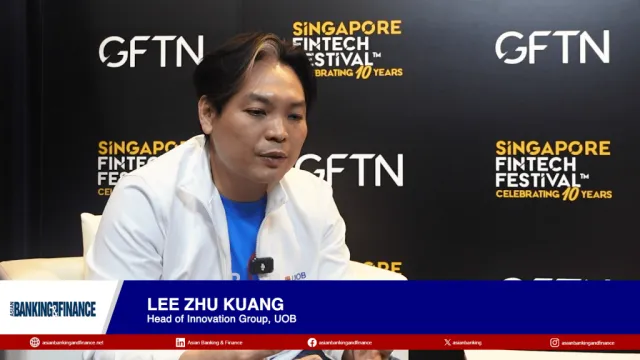Evolving Business Models in India’s Mutual Fund Industry
By Arin RayThe Indian mutual fund industry has been going through turmoil in the last few years due to uncertain market conditions and regulatory changes. Many firms, predominantly foreign ones, have exited the industry since 2008.
Existing asset management companies (AMCs) are exploring a number of different models to counter the challenges and stay competitive in the evolving regulatory and competitive environment.
The dominant theme that is emerging in the industry is that of formation of partnerships and alliances. This can be gauged from the rising share of private sector joint venture companies that are predominantly Indian in recent times, as discussed earlier.
The fusion of global best practices from international partner and local know-how of domestic players is creating good synergy. Some recent examples include partnerships between T Row Price and UTI, Schroders Plc and Axis Bank, Nomura and LIC mutual fund.
Realizing the importance of scale in this industry, some firms are taking the inorganic route to grow quickly through acquisition. Along with growth of AuM in a short time, firms try to achieve other strategic objectives as well through this approach.
Thus L&T’s acquisition of Fidelity’s business not only increases its asset share, it also increases composition of equity funds in its portfolio, and thereby raising the potential for fee-based revenues. Similarly Goldman Sachs acquisition of Benchmark, the earliest and leading provider of Exchange Traded Funds (ETFs) in India, allowed the firms to gain foothold into the fast growing ETF segment.
Some bank sponsored mutual funds are trying to focus on distribution through parent bank branches. Though they are not opposed to third party distributors selling their products, they are not actively exploring that channel.
Some international asset managers have exhibited interest to tie up with such banks to garner market share in this way. Partnership between Union Bank and KBC Asset Management is one such example.
While typically 50-60% of equity funds are sold through parent branch network in case of bank sponsored mutual funds, the aim of such initiative is to sell 80-90% of the funds through parent bank’s network.
However, the foreign partner needs to be careful regarding its choice of bank partners, as we have seen having large branch network does not guarantee easier access to more assets. Mutual fund business clearly has to be a strategic focus for the partner bank.
Bankers in general are not very aggressive about mutual fund business, as most of their time and resources are spent on helping banking clients with normal banking services. Margins from banking services are higher than mutual funds in many cases, and therefore sales of mutual funds are often not given adequate focus.
Instead of forming strategic alliances, in some cases fund houses have tie ups with banks just to distribute their products. For example, Birla Sun Life, HDFC, IDBI have such agreement with Syndicate Bank. However, this approach has achieved limited success so far.
Moreover, if the bank itself is a sponsor of mutual funds, there is clearly conflict of interest, which fund managers need to keep in mind.
Observing the increasing shift from transaction based to advice based model of the fund business, some firms have initiated or strengthened their portfolio management services. This is primarily targeted towards the higher end of the mass affluent segment and the HNI segment, as they are usually big ticket investors, have needs to manage a broad portfolio, and are more likely to pay fee for advice.
It should be mentioned that India does not have a well-defined wealth management industry, and this initiative has a lot of overlap with the provision of wealth management services. HNI segment traditionally has turned to the international banks in the country for wealth management services which helped them with offshore investment opportunities and international best practices.
However, the domestic asset managers are increasingly moving up the value chain and making inroads in the wealth management space. It needs to be said even though a number of AMCs has started offering this service, only a few of them (e.g., Kotak, ICICI) have been successful.
Some Indian AMCs are now taking the next step of garnering investments from international investors by opening offices in international locations like New York, London, Singapore, Japan and the Gulf countries. Earlier they would pay high commission to foreign distributors in local markets to sell their products; now they are trying to be in charge of distribution themselves by opening offices in those locations.
This way they save on paying commission, and also benefit from high margin of managing international investors’ money. While the ambition is to cater to the entire gamut of international investors, NRIs are more likely to provide early in-roads for success.
Here again, some firms are looking at prospects of strategic partnership with foreign fund houses to gain quicker traction in foreign markets. Examples include UTI’s plans of launching offshore Shariah funds in the Gulf region. Some of the other leading AMCs are also planning to go international.
Improving operational efficiency is an area that has not received much attention, but can be a cost saver. Indian financial firms have traditionally lagged in the adoption of technology and processes that increase efficiency of operations. However, this situation has somewhat improved in recent times with the banks and brokerages increasing their use of technology.
For banks the driver has been regulations, while competition from foreign brokerages has forced domestic brokerages to adopt latest technology. Unfortunately there is no such driver for the AMCs. Firms need to give this aspect more consideration than they have given in the past.
See the orignal entry here:
https://asiablog.celent.com/2013/10/evolving-business-models-in-indias-mutual-fund-industry/



















 Advertise
Advertise








